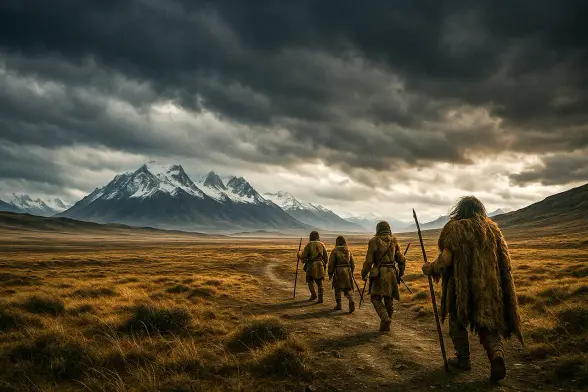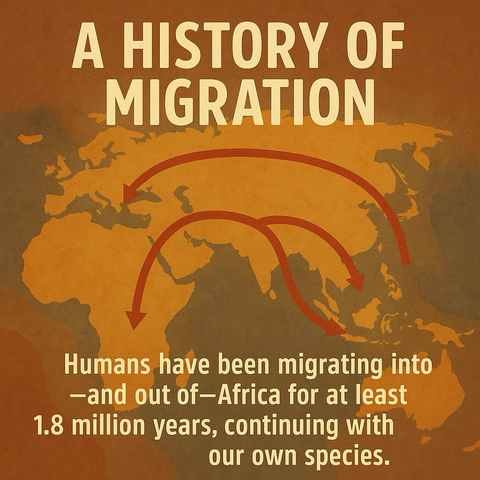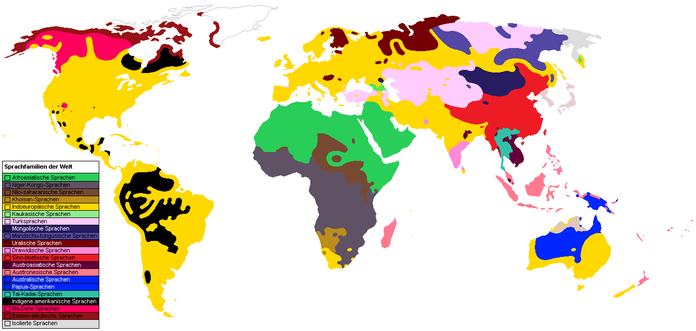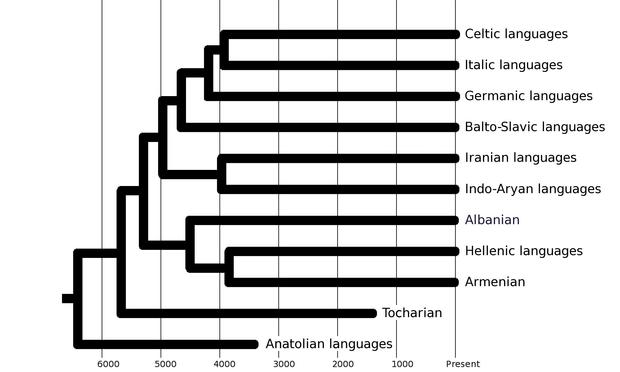Ancient humans from Asia walked 20,000 km to reach the edge of the Americas—new DNA research uncovers their epic journey. #AncientDNA #HumanMigration #ScientificDiscovery
https://geekoo.news/asias-forgotten-pioneers-who-walked-to-the-edge-of-the-world/



